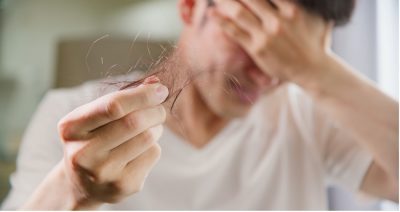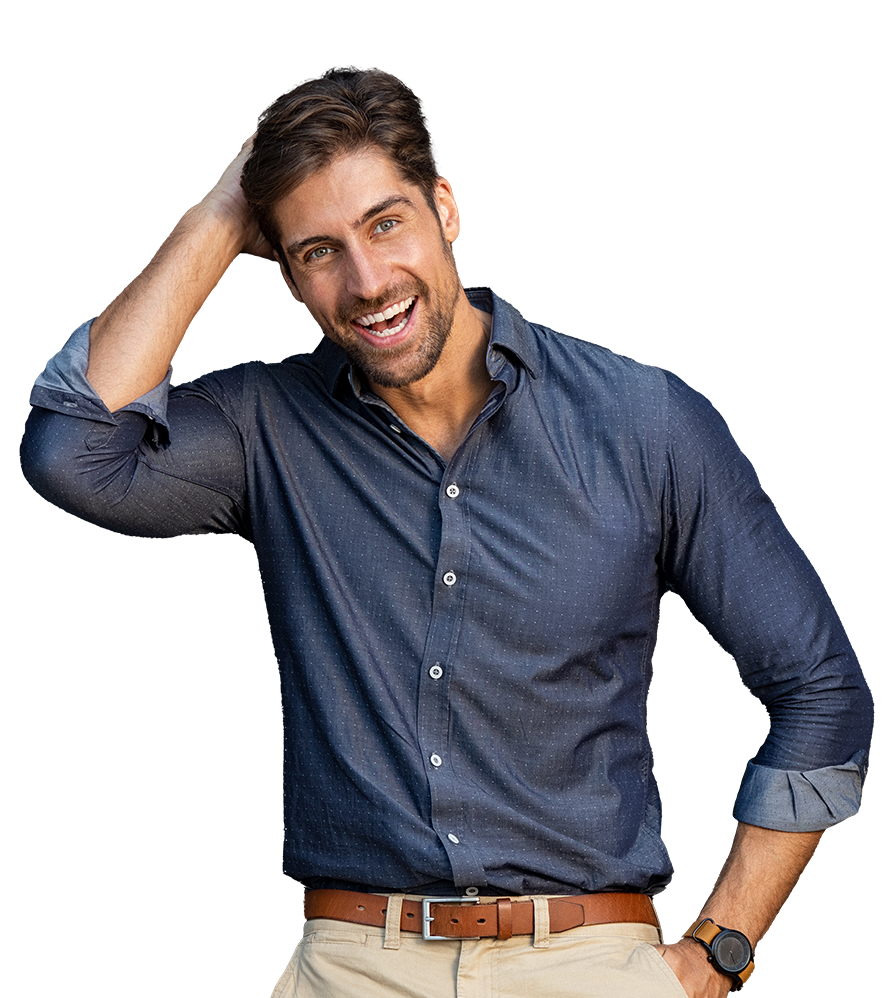Do you worry every time you see a clump of hair on your shower floor or hairbrush? While it may be alarming, this seemingly sudden hair loss isn’t necessarily a cause for concern. In fact, the average person loses (or sheds) 100 hairs a day. Hair shedding is a healthy and normal part of the hair growth cycle.
hairbrush? While it may be alarming, this seemingly sudden hair loss isn’t necessarily a cause for concern. In fact, the average person loses (or sheds) 100 hairs a day. Hair shedding is a healthy and normal part of the hair growth cycle.
Read on to learn about the four stages of hair growth, how to care for your hair, and what you can do to treat or prevent hair loss.
Stage 1 – Anagen
The anagen phase is the longest phase of the hair growth cycle, lasting between 3 and 5 years for scalp hair, though some people’s hair remains in this phase for 7 years or more. During this phase, hair follicles push out hairs that continue to grow until they’re cut or until they reach the end of their lifespan and fall out. Approximately 90 percent of the hair on a person’s head is in the anagen phase at any given time.
Stage 2 – Catagen
Once the anagen phase ends, the catagen phase begins and lasts about 10 days during which hair follicles shrink and hair growth slows down. The hair separates from the bottom of the hair follicle but continues to remain in place during its final days of growth. An estimated 5 percent of the hair on one’s head is in this phase at any one time.
Stage 3 – Telogen
The telogen phase, also called the resting phase, is when hair doesn’t grow nor does it fall out. However, new hairs do start to form in follicles that have released hairs while in the catagen phase. Approximately 10 to 15 percent of scalp hairs are in this phase at any given time.
Stage 4 – Exogen
An extension of the telogen phase, the exogen phase can last between 2 and 5 months during which hair is shed from the scalp. It’s during this phase we are more likely to notice hair shedding while brushing or washing our hair. Don’t panic – while old hairs fall away, new hairs are growing in their place.
How to Maintain Hair Health
While hair health and growth largely depend on genetics, we can ensure that the hair we do have is as strong as possible by living a healthy lifestyle and practicing proper hair care. Some ways to accomplish this include:
- Getting proper nutrition – Focus on foods containing essential nutrients for hair health such as lean meats, fish, legumes, beans, and low-fat dairy. Look for foods high in protein, vitamins C, D, and B12, iron, zinc, and folic acid.
- Managing and reducing stress – Certain types of premature hair loss are associated with high levels of stress. As such, learning to de-stress and avoid common daily stressors can have a positive effect on your overall health and the health of your hair. Meditation, yoga, exercise, and deep breathing techniques are just some things to try.
- Taking proper care of your hair – Choose hair products formulated for your hair type and avoid harsh chemicals and hair practices (like heat styling) as much as possible. Avoid very hot water when washing your hair and be gentle when drying as hair is most vulnerable when wet.
Concerned about the rate at which you’re losing your hair? Or perhaps you’re just noticing the subtle start of a bald spot, widening part, or receding hair line. Talk to the experts at DiStefano Hair Restoration Center. With a dedicated team of professionals and the latest surgical and non-surgical hair restoration options, we can help you reclaim your hair – and your confidence. Contact us today for a free consultation.


